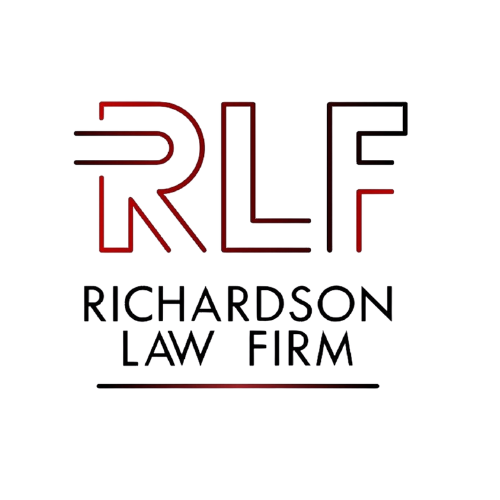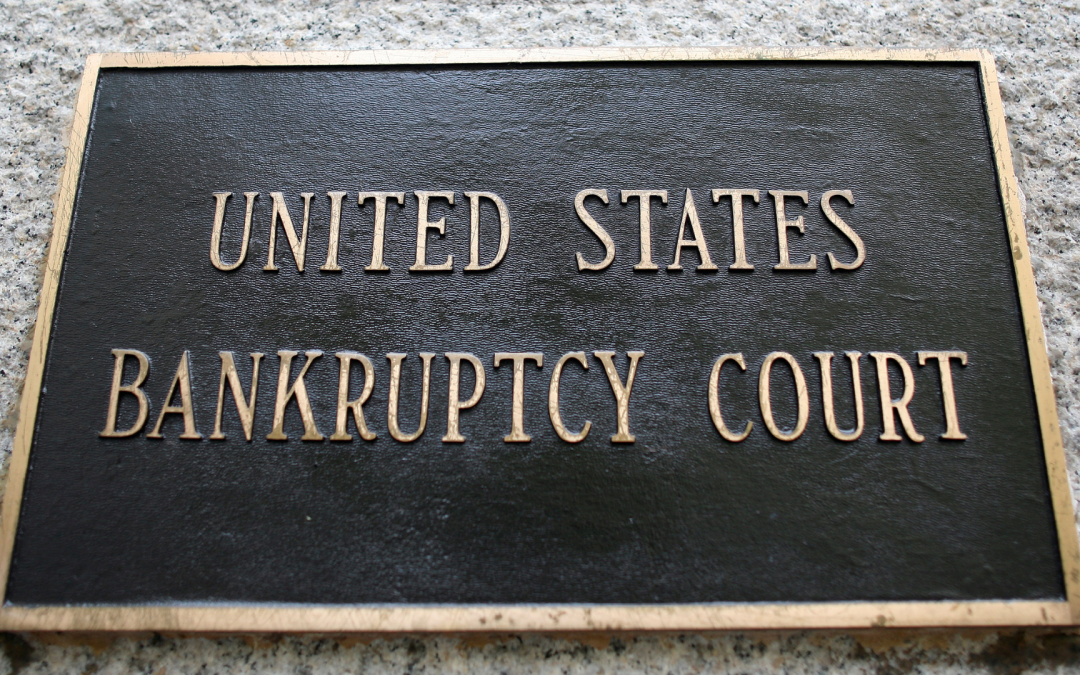$10.4 Million Judgment in Legal Malpractice and Fraudulent Conveyance Case
In a complex and high-stakes trial before the Federal Bankruptcy Court, attorney Mike Richardson secured a decisive legal victory in the case of Thomas Duvoisin, Liquidating Trustee for SIBC v. Kennerly, Howard, Finley & Montgomery. The case involved allegations of legal malpractice and fraudulent conveyances tied to the fallout of a major financial collapse—and resulted in a $10.4 million judgment against a prominent Knoxville-based law firm that had long denied any wrongdoing.
Background
The case stemmed from the collapse of Southern Industrial Banking Corporation (SIBC), a Tennessee-based industrial loan and thrift company that had misled a large number of investors and depositors, causing widespread financial damage. At the center of the case were indicted bankers and a web of legal and financial misconduct that unfolded during the company’s operations and subsequent unraveling.
The defendant law firm, Kennerly, Howard, Finley & Montgomery, had represented some of the key figures involved in the scandal—individuals later criminally charged for their roles in defrauding investors. The firm’s representation and transactional involvement raised serious ethical and legal questions, especially concerning the transfer of assets and legal maneuvers that appeared designed to shield those individuals from accountability.
Appointed as Liquidating Trustee, Thomas Duvoisin sought to recover funds for the victims and creditors of SIBC. He turned to Mike Richardson and a former legal partner to investigate and litigate against the law firm whose conduct had contributed to the financial harm.
Uncovering Misconduct
Over months of rigorous legal work, Richardson and his co-counsel exposed the law firm’s involvement in facilitating fraudulent transactions and breaching their professional duties. The firm’s efforts to distance itself from the scandal and deny any liability were dismantled in court by a carefully constructed case that revealed a pattern of behavior that was not only ethically questionable but legally actionable.
Richardson showed that the defendant law firm had enabled and, in some cases, directly participated in fraudulent conveyances and negligent legal practices that worsened the losses sustained by innocent investors. These were not isolated mistakes—they were actions that carried profound consequences for hundreds of people who had trusted the financial system and the professionals who were supposed to protect it.
The Verdict
After a thorough trial in Federal Bankruptcy Court, the court returned a $10.4 million judgment in favor of the trustee and those wronged by the firm’s conduct. It was a powerful result that held a high-profile law firm accountable for its role in a larger financial scandal—despite the firm’s consistent denial of responsibility throughout the proceedings.
Significance
This case was more than a legal malpractice suit—it was a moment of reckoning. It sent a strong message that law firms are not above the law, especially when they act as enablers in schemes that hurt ordinary people. For Mike Richardson, it was another example of his ability to navigate complex financial litigation with clarity, precision, and unwavering commitment to justice.
“When professionals abuse their position, especially in matters involving public trust and financial security, they must be held accountable. That’s exactly what we did,” said Mike Richardson.

